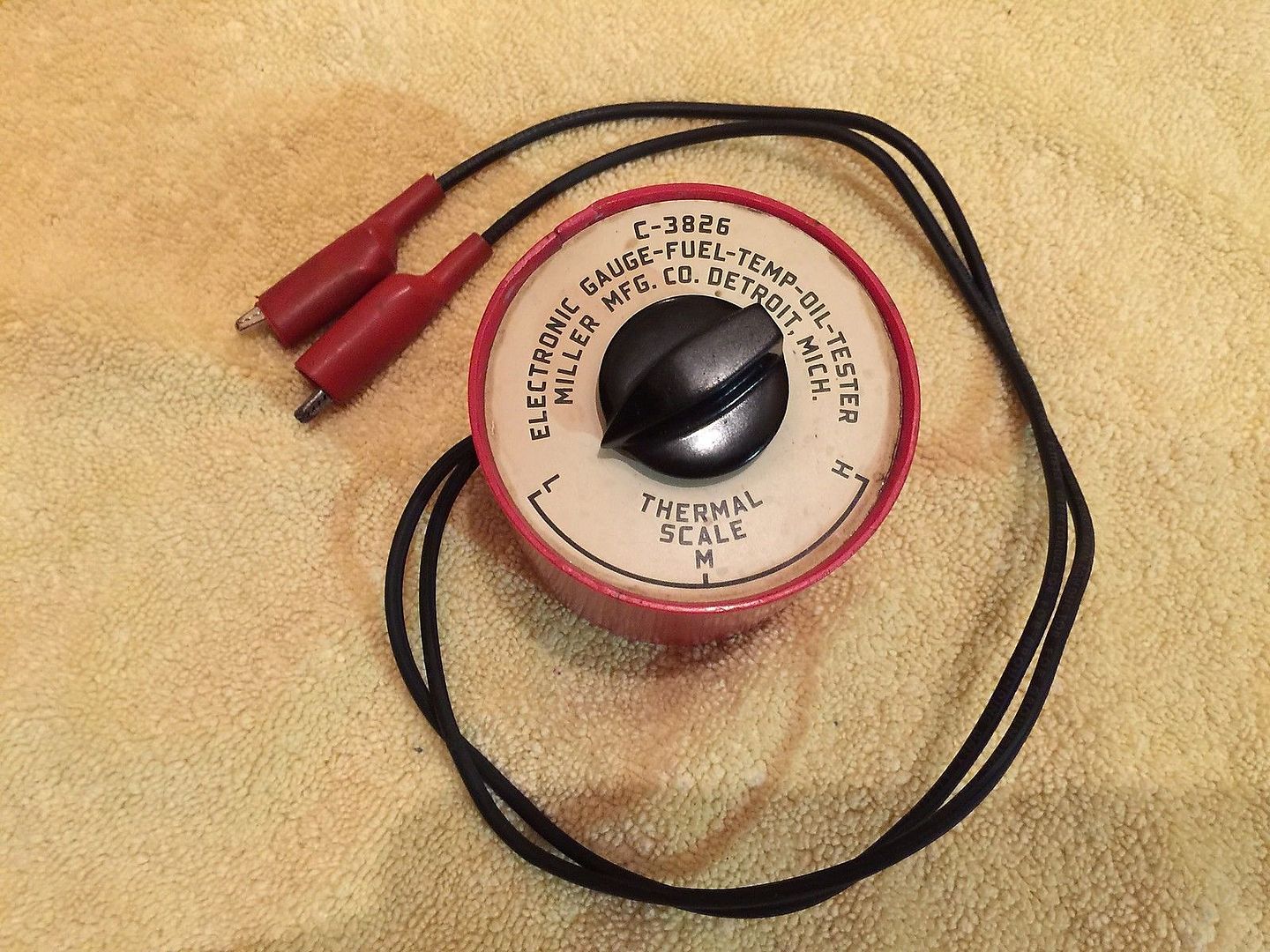idrivemopar
Well-Known Member
So, now, I did do a search, and apologies if I missed it completely, but I have a general question regarding troubleshooting the temperature gauge/sensor circuit. I have seen several threads on this subject over the years, and was wondering this;
Is there any more concrete method to determining what the problem is rather then just switching sensors, or checking grounds, replacing voltage limiter, or replacing gauge, etc?
For instance;
1. Does anyone know what the resistance curve is for the sensor from cold to overheat, certainly, there must be some information somewhere.
2. Concerning the gauge, and I have looked in service manuals, owners manuals, and no information on this, but what's the general consensus (I know this varies depending on thermostat installed), but where should the gauge needle be for normal operating temperature, in the middle, slightly above or below the middle of the gauge?
3. Anyone know how to properly troubleshoot the voltage limiter?
4. And where does one find the newer solid state limiters, I see RTE, are they the go to source for these?
Would love to see a sticky on this subject!!!!!!!!
Is there any more concrete method to determining what the problem is rather then just switching sensors, or checking grounds, replacing voltage limiter, or replacing gauge, etc?
For instance;
1. Does anyone know what the resistance curve is for the sensor from cold to overheat, certainly, there must be some information somewhere.
2. Concerning the gauge, and I have looked in service manuals, owners manuals, and no information on this, but what's the general consensus (I know this varies depending on thermostat installed), but where should the gauge needle be for normal operating temperature, in the middle, slightly above or below the middle of the gauge?
3. Anyone know how to properly troubleshoot the voltage limiter?
4. And where does one find the newer solid state limiters, I see RTE, are they the go to source for these?
Would love to see a sticky on this subject!!!!!!!!


















